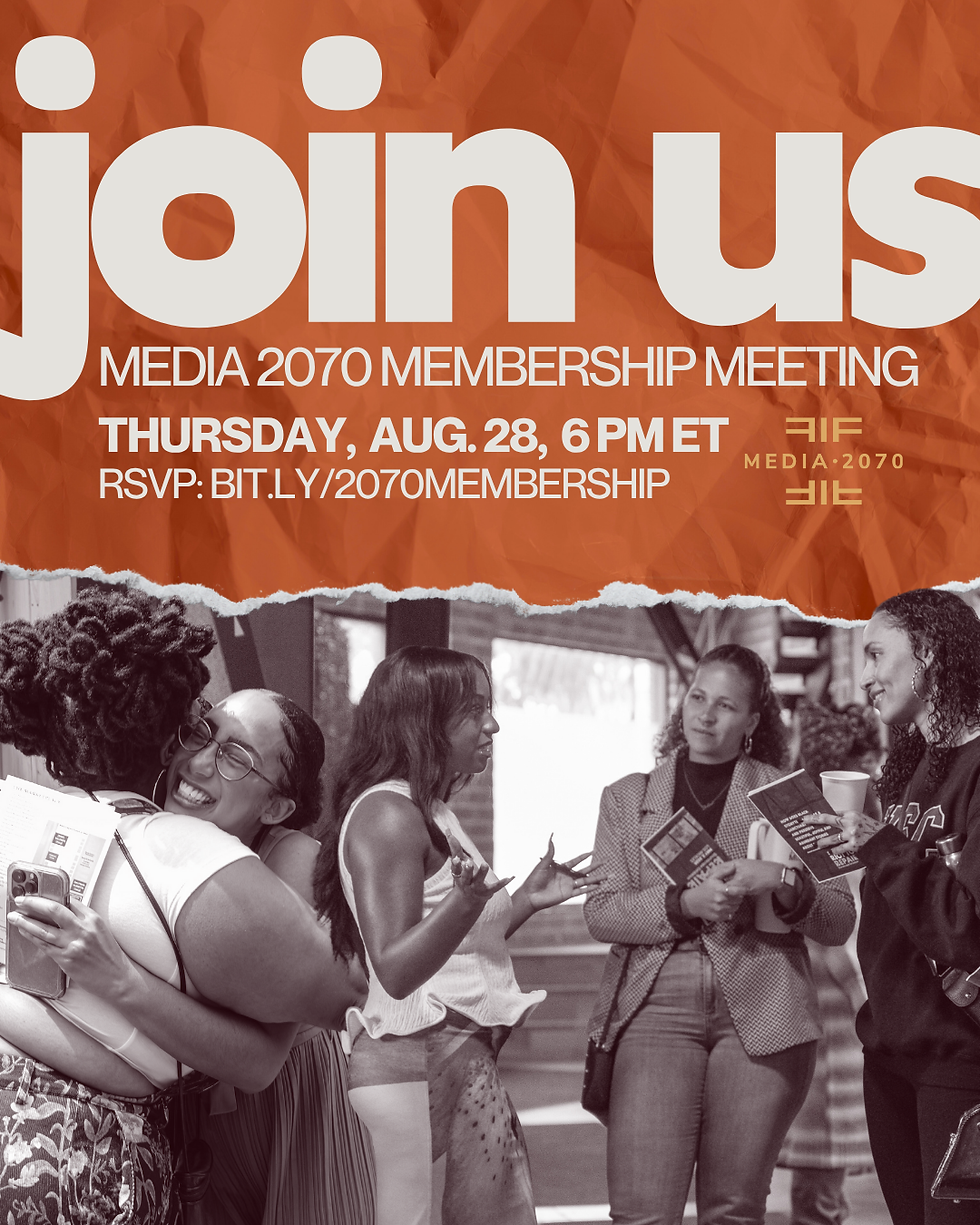How News Can Further Racist Stereotypes
- Aug 9, 2021
- 4 min read
Updated: Aug 10, 2021
Every day, we are bombarded with stories that reinforce stereotypes. Sometimes, it's obvious. Like coverage that shows Black and brown people in a violent light. However, more often, the harm is less clear. Instead, we're more likely to see an absence of good coverage– which does just as much to shape national conversations.
Until newsrooms change how stories are gathered, reported and disseminated, a lot of content will continue to push divisive messages regardless of how many efforts we make to "diversify the news."

Here are some important places to start if we want to challenge stereotypes in our coverage:
Ending superhero coverage: This one seems like good coverage on its face. It's the student who “overcomes” all odds or leaves the community to go to Harvard. However, that kind of coverage, while important, is often the bulk of coverage on Black and brown youth and reporters rarely speak to young people beyond that. Not only are young people left out as readers and consumers of news, everyone else loses a critical perspective that many suburban, older people and business owners will simply never hear. Instead, coverage around violence, youth employment (or lack thereof) and even education tend to just talk around Black youth, discounting their perspectives as a result.
Dropping this idea of the "Voiceless:" People aren't voiceless. Yet, this is something that journalists are told over and over again in school. To believe that robs people of their agency and posits the reporter as some kind of benevolent force when truthfully, the source is helping them! Journalists are not a voice for the voiceless. Instead, they reduce the barriers and allow for that voice to be heard louder and clearer. This is an important distinction because when journalists believe that they are providing a voice for the voiceless, they ultimately filter everything through their lens.
Adding more Black and brown expert sources: Often when you see Black and brown faces on the news, it’s typically in community spaces. A fire, a festival, definitely a shooting. Sometimes, when covering a neighborhood's history, a reporter will ask about bringing businesses back to the area or what's needed. However, outside of this, people of color aren't often the sources used to weigh in on bigger issues like the latest federal policy, which means a lot of our health coverage, policy and political analysis are lily white.
Stop changing & editing quotes: Journalists must stop changing what people say, especially when it comes to AAVE and other dialects in other parts of the nation. If it's not clear, paraphrase. However, even this is subject to interpretation. Is it only unclear to you? Would it help you connect with other readers to leave it? Either way, journalists already paraphrase when interviewing experts who use jargon."Everyday" people deserve that same amount of respect when being quoted.
[Related] Are you ready to get your story into the news? Set up your first call with us today:
Not offering anonymity & relying on "official" sources: For the most part, newsrooms simply publish what police departments and other "official" sources put out. These departments are typically staffed with full-time teams so when controversial or bigger news breaks, community voices can be lost entirely. Additionally, most reporters require named sources. For some stories, if you can’t be anonymous or protect your identity, speaking in a newspaper can be harmful: “When journalists insist on only using named sources, they may exclude vulnerable groups with less power and are more at risk," wrote Andrea Wenzel in Community-Centered Journalism. Trusting officials, etc over community members also leads to the reinforcement of systemic violence.
Who gets the deeper coverage: For the most part, white communities are more likely to get deeper, more empathetic coverage. We can look at the opioid epidemic versus crack as a clear example. That framing helped shaped the very federal policy that led to mass incarceration for Black Americans and more rehab beds for whites. And it's not just public health. Everything from political engagement to shopping habits can be covered unfairly. For example, Black voters who stay at home are typically characterized as lazy or "not showing up for the party" but white Trump voters get to be economically anxious. This kind of coverage not only continues to push negative stereotypes of Black communities but, more importantly, doesn’t hold more powerful voices accountable.
Framing and placement: The way we frame a story and where we place it also says a lot. Often, right after a violent and depressing story about community violence, some TV news will switch to festival coverage– and the transition is jarring. Not only are these stories not always entirely accurate of how people experience these communities, switching to light coverage minimizes the entire experience. In general, being more cognizant of how your stories can be perceived and where they're placed in the news or broadcast segment can make a huge, immediate change.
[Related] Manon Media announces new services to help journalists/newsrooms tell the deeper story
Fighting racism in the news structure won't be easy.
Readers have been left out for decades and now the industry is faced with healing and regaining trust at the same time. And there's less money than ever before. However, we must change how sources are featured and seek more representative stories if we want a truly united nation. Until people see themselves in the news, they won't read it.





Comments